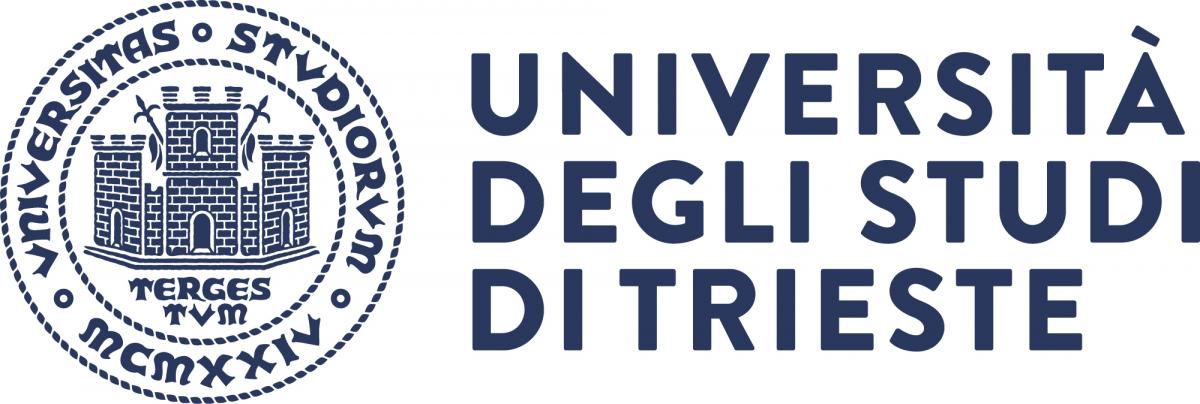- Home
- Department
- Research
- Teaching
- Post Graduate Studies
- Knowledge Transfer
- How To
Seminar @ DF-TS - M.G. Izzo - Heterogeneous elasticity theory in the stochastic region tested on acoustic dynamics of a structurally heterogeneous ionic glass
Event typology:
home
Campus:
Trieste
Stochastic description of topologically disordered media arises from the need to describe the effect of heterogeneous and undetermined structure of most real wave-transmitting media. It allows modeling the anomalous behavior of acoustic waves features (e.g. attenuation, retardation or depolarization) observed in these systems with respect to predictions of Debye's theory, which instead fits for single-crystals behavior. Stochastic approach to quantitative description of acoustic waves anomalies has been mainly focused on the region of wavelengths larger than the characteristic length-scale of heterogeneities. In the present study we show that a similar approach can be extended up to shorter wavelengths, permitting to describe in a unified frame either the well-known low-frequency acoustic waves anomalies in Rayleigh regime and the mixing of longitudinal and transverse polarization in the stochastic region, experimentally observed in several glasses and predicted by general elasticity theory.
Model predictions are compared with acoustic waves features in ionic glass 1-octyl-3-methylimidazolium chloride, determined through high statistical accuracy and small wavevector-step Inelastic X-ray Scattering measurements. The level of accuracy jointed by theoretical modeling is sufficient to describe the main feature of acoustic waves in the whole pseudo-Brillouin zone. Such an agreement has so far not been achieved in iterature.
Different features characterizing topological disordered systems[, such as residual local order or occurrence of low-frequency local oscillators,] are taken into account and their connection with heterogeneous elasticity theory is emphasized. The work also highlight how the large tunability of the local structure of ionic liquids, which can be directed by controlling chemical and geometrical molecular structure, could be exploited to discriminate the effect of such a different features on the acoustic waves dynamics of disordered systems.
Venue:
Seminar Room 204, Leonardo Building, Miramare Campus, Strada Costiera 11
Contacts:
Giorgio Pastore
Last update: 07-27-2015 - 09:10



